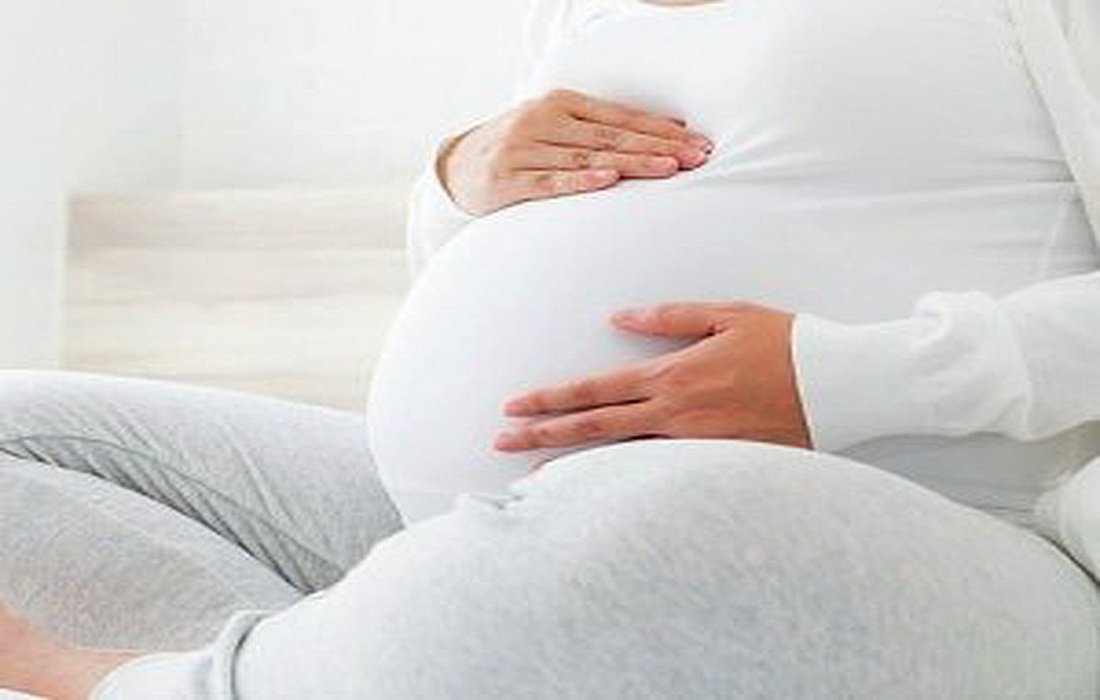PainsNatural LaborAnd signs of the start of labor
Mothers experiencing labor for the first time are usually anxious about the onset of labor, and any contraction might send them to the hospital.PregnancyThis is because they are unfamiliar with the signs of natural labor. Labor pain occurs due to contractions of the uterine muscles and pressure on the cervix.Signs of Natural LaborUnderstanding the contractions of the uterine muscles and cervical pressure will help in recognizing labor pain.
If you have decided to go for natural labor and are in the late stages ofPregnancyit is advisable to be well-informed about the signs and stages of this type of labor so you can distinguish between real labor pain and false alarms.
Signs of the Onset of Natural Labor
1. Dropping of the Belly:
In the final weeks, close to the labor process, the first signs begin with the belly dropping and the baby’s head positioning in the birth canal. This happens when the baby’s head tilts towards the mother’s pelvis. Some women may feel this as early as two weeks before labor, while others may not feel it at all.FetusThis is when the baby’s head is positioned in the birth canal. Some women notice this nearly two weeks before labor while others may not feel anything.
2. Cervical Opening:
Thin and opening cervix even before the onset of labor pains is another sign of labor. The mother’s cervix starts to thin out in the weeks leading up to labor. This thinning assists the cervix in opening, which should be confirmed by a doctor’s examination.

3. Presence of Blood or Brownish Discharge:BrownishDischarge:
During pregnancy, to maintain the health of the fetus and prevent infection, the cervix naturally remains closed. However, as labor approaches and the cervix begins to open, this mucus gradually discharges. This discharge might be accompanied by a small amount of blood.
4. Rupture of the Amniotic Sac:
The rupture of the amniotic sac and the release of amniotic fluid from the mother’s body is one sign of labor. As previously mentioned in the pregnancy and newborn section of SelMagz, the warm fluid is released slowly rather than all at once, as the baby’s position in the womb prevents excessive draining. However, this moisture could also relate to hormonal changes in the late stages of pregnancy, which help to keep the birth canal moist.SelMagzThese changes can also create moisture in the birth canal due to hormonal fluctuations toward the end of pregnancy.Hormonal Changes5. Diarrhea and Nausea:
In the final days of pregnancy and the onset of labor, the body starts releasing substances like prostaglandins. These hormones help in uterine contractions, which aid in softening and opening the cervix. It’s important to note that the release of these substances can irritate the intestines, leading to the sensation of needing to go to the bathroom, which may, in some cases, result in diarrhea.6. Anxiety and Restlessness and Excessive Energy Before Labor:Pregnancy is often accompanied by fatigue, but some women experience a surge of energy in the weeks before labor. This anxiety and restlessness lead them to engage in more activities like preparing baby supplies, organizing various tasks, and tidying up the home.
7. Back Pain:

Many pregnant women suffer from back pain throughout their pregnancy. As labor time approaches, the persistent pain in the abdomen also affects the lower back. Severe lower back pain is a sign of labor. When labor begins, pressure and pain are felt in the lower back, pelvis, and perineal area.8. Recurrent Abdominal Pains:Abdominal contractions are one of the most significant signs of being ready for labor. These contractions are intense and persistent, occurring at varying intervals. The frequency of these pains decreases over time while their intensity increases.
9. Increased Urgency to Urinate:
As the fetus turns and shifts down towards the pelvis, the mother feels a heightened need to urinate. The baby’s head position exerts more pressure on the bladder. The frequency of this urge to urinate increases as labor approaches.
10. Lightening of the Fetus in the Womb:
As the fetus descends into the pelvis, the mother feels a sense of lightness. This lightening starts around two weeks before labor. However, this sensation does not occur in all pregnant women.
All doctors recommend that pregnant women should not be alone at home during the late stages of pregnancy and should contact their doctor upon observing any of these signs.
Signs of Natural Labor and the Start of Labor Pain
If any of the following occur, contact your doctor:

Vaginal bleeding; not just discharge with bloody mucus
Reduction or absence of fetal movement; definitely keep track of fetal movements in the last days.
Fever, severe headaches, vision changes, or abdominal pain.
What to Do When You Observe Signs of Labor?
If you experience contractions and severe abdominal pain, note the duration and intervals of these pains. If these pains recur, you should take the following actions:
- Rest:
- Set aside other activities and take a break. Inform your partner so they can take you to the hospital if necessary.
- Warm Water Shower:
A warm water shower not only creates a sense of relaxation but also aids in the labor process.
Stay Calm:
Stay calm because you should know that labor occurs in several stages, meaning the process from the beginning of labor pains to the baby’s birth can take hours.Drink Plenty of Water and Fluids:
Unlike labor in a cesarean section where the stomach must be empty, it’s important to drink plenty of fluids. You can also have a kebab skewer, as you need sufficient energy for labor.Walking:

Walk around occasionally and then sit back down; continually doing this before labor is very effective.Note:
If you notice the amniotic sac rupture, talk to your doctor to confirm the release of amniotic fluid. The doctor will ask questions regarding when you noticed the fluid and the type of discharge.When contacting the doctor, ask about all symptoms and when to go to the hospital, as you may need immediate labor assistance.Signs of Natural LaborIndicators of Natural Labor
Nausea in PregnancyNausea is a symptom of natural labor
Symptoms of Natural Labor Pain
Identifying Natural Labor Pain
Warm Water Shower







